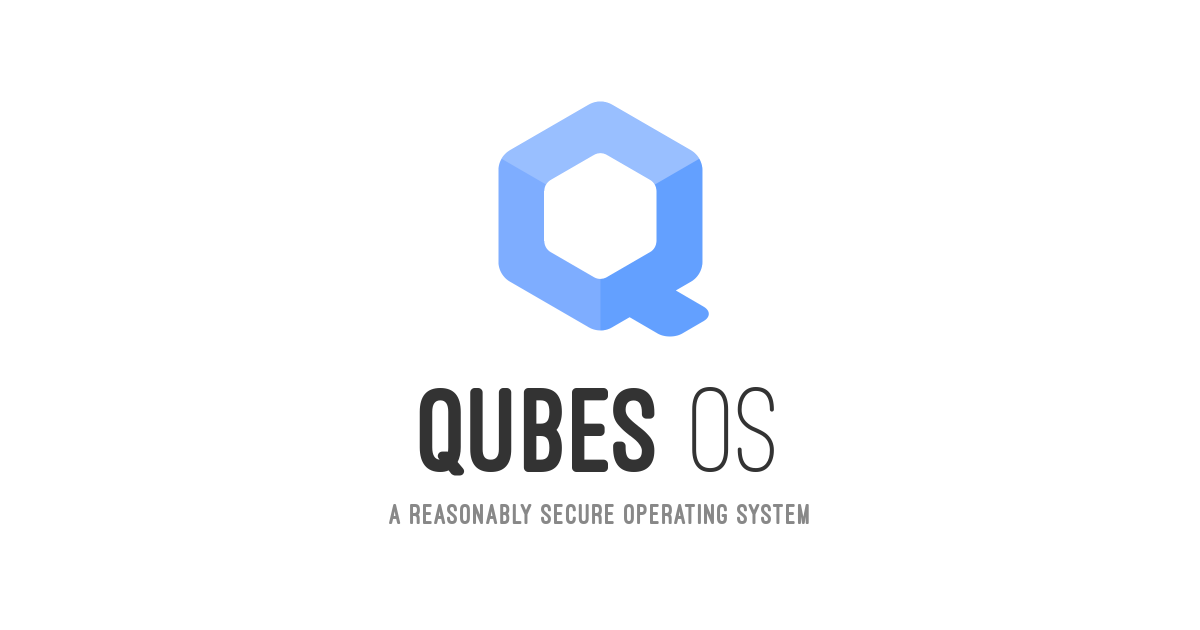- Apr 13, 2013
- 3,225
- Content source
- https://www.youtube.com/watch?v=EmER05uy73k
Second opinion scanner.
Last edited by a moderator:
If by that you mean if Kaspersky real time was installed, then there would have been no infection as K would have detected the original malware and deleted it. As for other AV's the detection rate is spotty (and could be made more so by manipulation of the original, making it close to zero-day).If Kaspersky was running first before infection, would you have been able to install it without disabling or most any other AVs? and second is there a secondary scanner that can detect and remove Xores? Thanks
As to other 2nd opinion scanners, next week will be the same versus NPE (actually this video is part 1 of a 4 part series- next NPE, then Fun Facts about both NPE and KVRT); probably will bore most to tears but at least they will be equally short.
Stuff like these make me question the "I haven't been infected for years" comments, because one really never knows, do one?
I've found loads of complex and truely unknown malware/backdoors. Sometimes it's easy and sometimes it takes longer to find during an assessment. But we eventually come to the conclusion that what if a system file is compromised from MS end(supply chain). We can never truely know if a system is clean.This is my favorite quote from Joanna Rutkowska:
The inconvenient and somehow embarrassing truth for us is that there does not exist any reliable method to determine if a given system is not compromised. True, there is a number of conditions that can warn us that the system is compromised, but there is no limit on the number of checks that a system must pass in order to be deemed “clean”.

Compromise recovery in Qubes OS
Occasionally #####ups happen, even with Qubes (although not as often as some think). What should we – users or admins – do in such a situation? Patch, obviously. But is that really enough? What good is patching your system if it might have already been compromised a week earlier, before ...www.qubes-os.org
If an expert don't know whether their computer is compromised or not, how can average user know.
Even then what if the malware remains dormant for a long period of time until a trigger is activated after let's say 6 months. A week of running software under assessment won't help you then and no one is decompiling every single piece of software to find the hidden backdoor. There is a very interesting read about how you can never fully trust anything:But we can ensure that all code on the machine is trusted. Every software analysed for it's purpose on that environment (abuse of legit tooling). All persistent mechanisms are checked as a part of these compromise assesments.
Indeed, CCleaner's case is a good example, made by the trustworthy company and waited for the execution.Even then what if the malware remains dormant for a long period of time until a trigger is activated after let's say 6 months.
I never noticed the settings flyout before. The contrast and colors of the UI aren't the best. Thanks.In MalwareTips Hub, during the last years, We added KVRT as a mandatory tool, BUT making a bit tweak, since We found that KVRT did not / or missed scanning all the system risky folders in default settings.
We found that adding these 2 folders, many tests with the final verdict Clean, should have been System Infected:
View attachment 281046
Probably in this so special test scenario, there won't be any difference, but...
It's very oldschoolI never noticed the settings flyout before. The contrast and colors of the UI aren't the best. Thanks.
That's what I meant by supply chain attacks. Agreed.Even then what if the malware remains dormant for a long period of time until a trigger is activated after let's say 6 months. A week of running software under assessment won't help you then and no one is decompiling every single piece of software to find the hidden backdoor. There is a very interesting read about how you can never fully trust anything:
